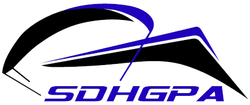| Thermaling Etiquette: | (4-20-15 update) |
(Well, these are the things that came closest to consensus. Maybe that was too high a bar.)
- Hang gliders cannot see above them or behind them
- Seated paraglider pilots cannot see directly below them or behind them
- Supine paraglider pilots (pod pylons) cannot see below them
- Tandem paraglider pilots cannot see directly in front of them, behind them, or below them
2) Fly in a consistent and predictable manner, such that other pilots can predict your position and flight vector (don’t randomly change direction, speed, or bank angle, especially in close proximity!).
3) Communicate with other pilots. Wave, make some noise, and use eye contact to confirm that nearby pilots are aware of you. If nearby pilots are not aware of you or cannot see you, act accordingly (give them the right of way). Continually spot and make eye contact with those you are thermaling with. (Do not fly around looking at your wing).
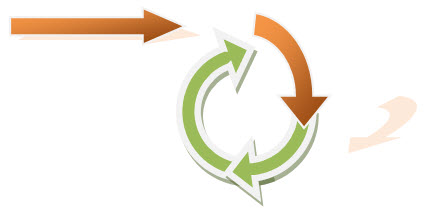
5) If in a thermal with other pilots, attempt to match their direction and 360 rate/ angular velocity (don’t cut others off by increasing your bank and moving inside of them in the thermal).
6) Mixed wings and mixed wing classes / ratings with different air speeds can effectively fly and center up on the same thermal by keeping the same turn angular velocity. This is achieved by varying each gliders turn radius while visually spotting each other. Slower gliders will be in a smaller radius while faster gliders will be on the outside. If you feel like other gliders are flying faster and running up on you, try to turn tighter while centering up on the thermal. (Another possibility is that you are just flying too slowly.)
7) If in a thermal with other pilots and you feel pressed for space or wish to follow an irregular pattern in the thermal, turn out of the thermal (away from the core and the path of other pilots in the thermal, not through the thermal and the paths of others). If leaving a thermal, you must clear your turn and time your exit to not interfere with other possibly faster gliders in the thermal.
9) If another pilot is coming up below you in a thermal (especially a pilot in a hang glider, who may not be able to see you above them), yield right of way and let them pass. Conversely, if you are rapidly approaching another pilot from below in a thermal (especially a pilot in a paraglider who may not be able to see you below them), yield right of way.
10) In general, if you are overtaking someone else, you must yield right of way and not force them towards obstacles, other gliders, etc. . . . i.e. If they can’t see you.
11) Watch where you are going. Clear your turns. Do not fly around looking at your wing. Watch shadows (handy way to tell if anyone is close to you, even in your blind spot). And listen – if you have the “jams” cranking in your headset, you won’t be able to hear other pilots warn you of impending collisions.
11) (A personal addition from Dave M) – Realize that tandem paragliders are especially subject to blind spots, as our passengers are directly blocking our forward view and all views below and to the front of us.


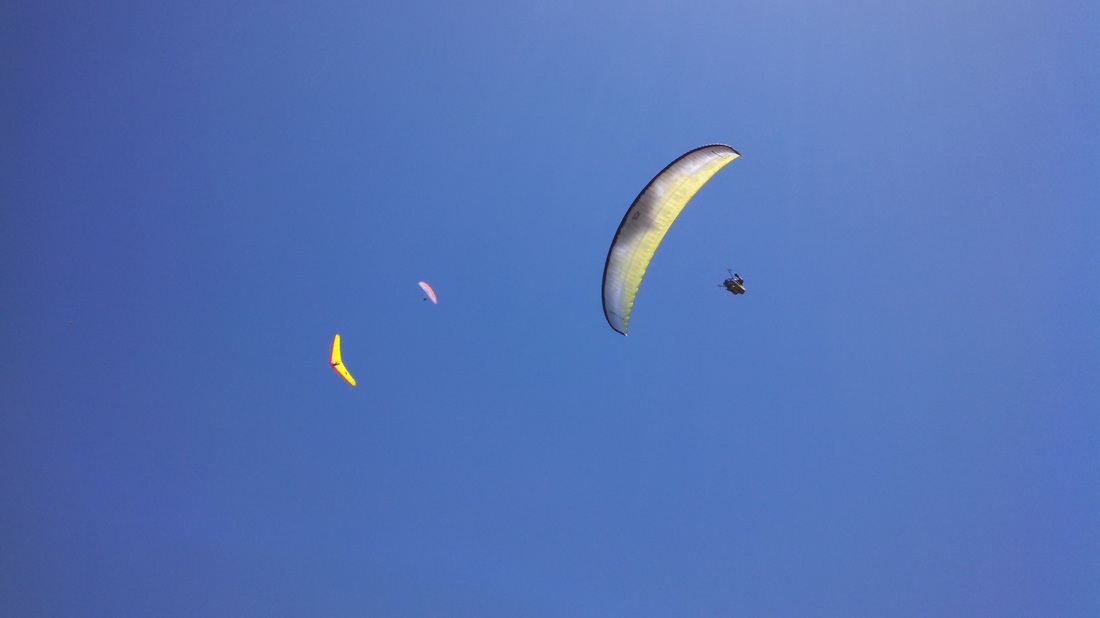
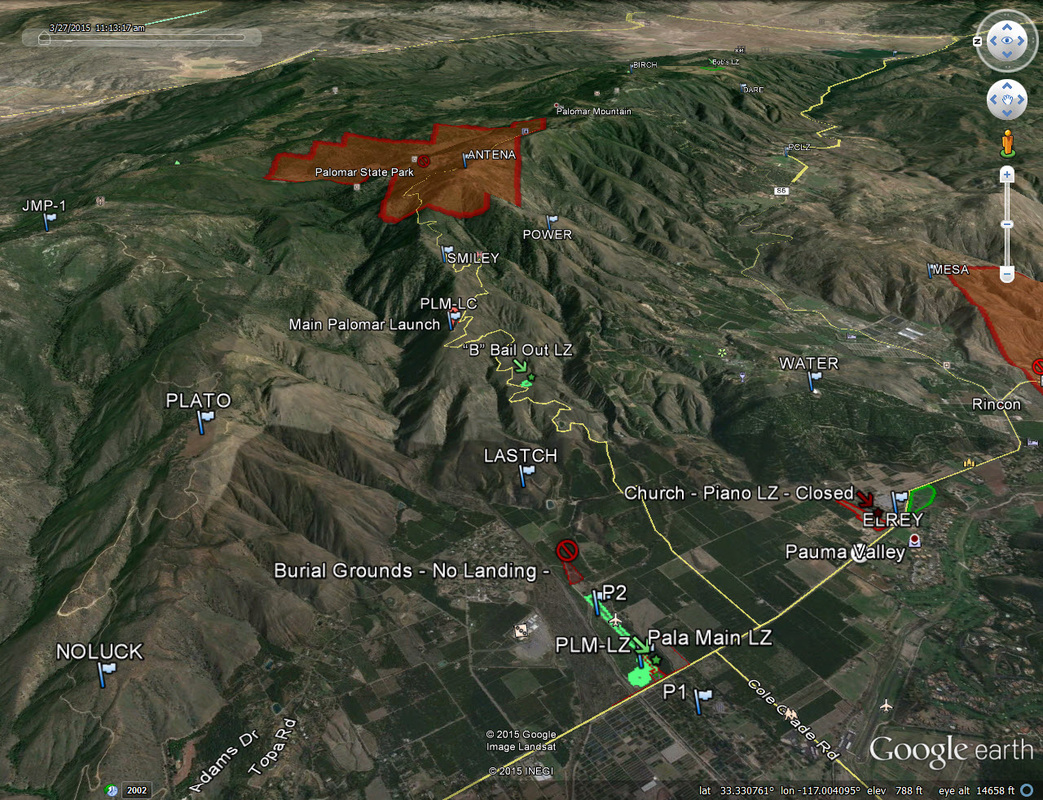

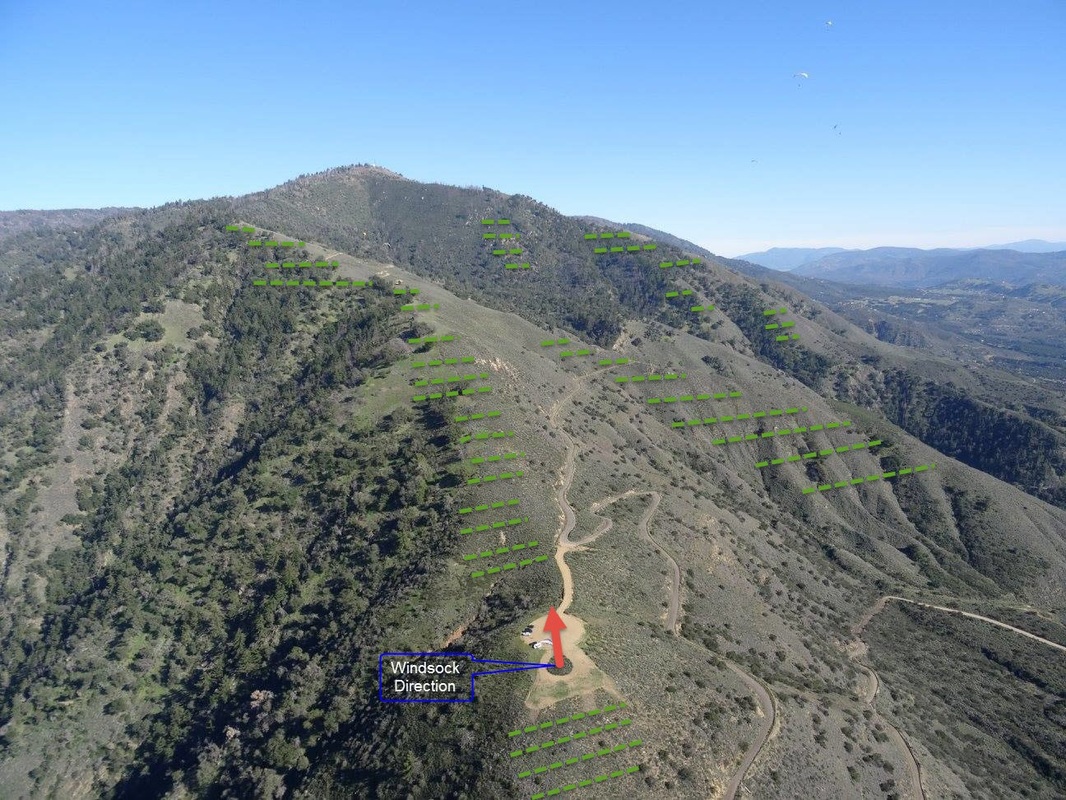

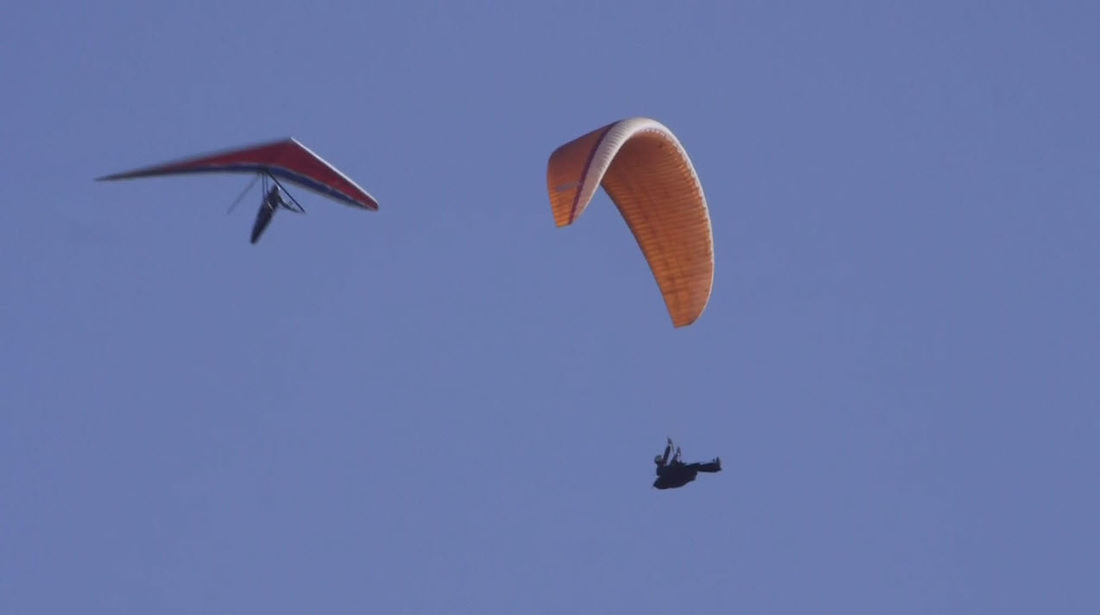


 RSS Feed
RSS Feed
